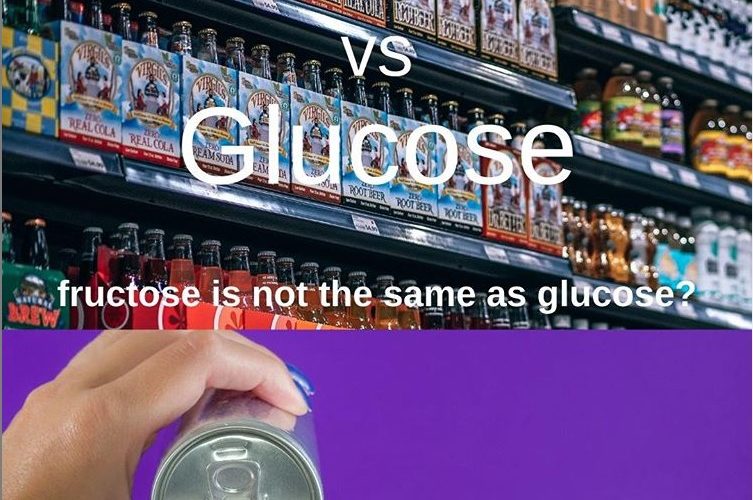Fructose and glucose are both sugars, but they are not the same. High-fructose corn syrup was invented in the 1970s and began to replace regular sugar around 1975. The obesity epidemic coincides with the use of HFCS, and vegetable oils and ultra-processed grain also increased in the mid-1970s. The per capita consumption of HFCS — the mainstay of soft drinks and other sweetened beverages — has increased from 38.2 pounds in 1980 to 868 pounds in 1998. In 1942, the annual U.S. production of soft drinks was 90 8-oz. servings per person; in 2000, it was 600 servings.
Like glucose, fructose is absorbed directly into your bloodstream from the small intestine. However, fructose is 20 times more likely to cause fatty liver (the key problem of insulin resistance) compared to glucose alone. In fructose feeding studies, replacing glucose with a calorically equal amount of fructose results in a documented 5x increase in de novo lipogenesis and increased liver fat by 38% within eight days. Fructose induces insulin resistance in less than eight weeks, even at typical consumption doses.
Fructose increases the hunger hormone ghrelin, which makes you feel less full after eating, increasing consumption. It also preferentially activates the reward pathways.
Glucose activates the cortex, the basal ganglia, certain other parts, but not the limbic system, and results in a sensation of serotonin-induced happiness. By contrast, fructose stimulates the limbic system and is associated with increased dopamine release in the nucleus acumens, similar to other addictive drugs (glucose does not stimulate the nucleus acumens). Fructose results in a sensation of dopamine-induced pleasure.
Ask yourself why soda companies would spike HFCS with extra fructose, at an additional cost.






